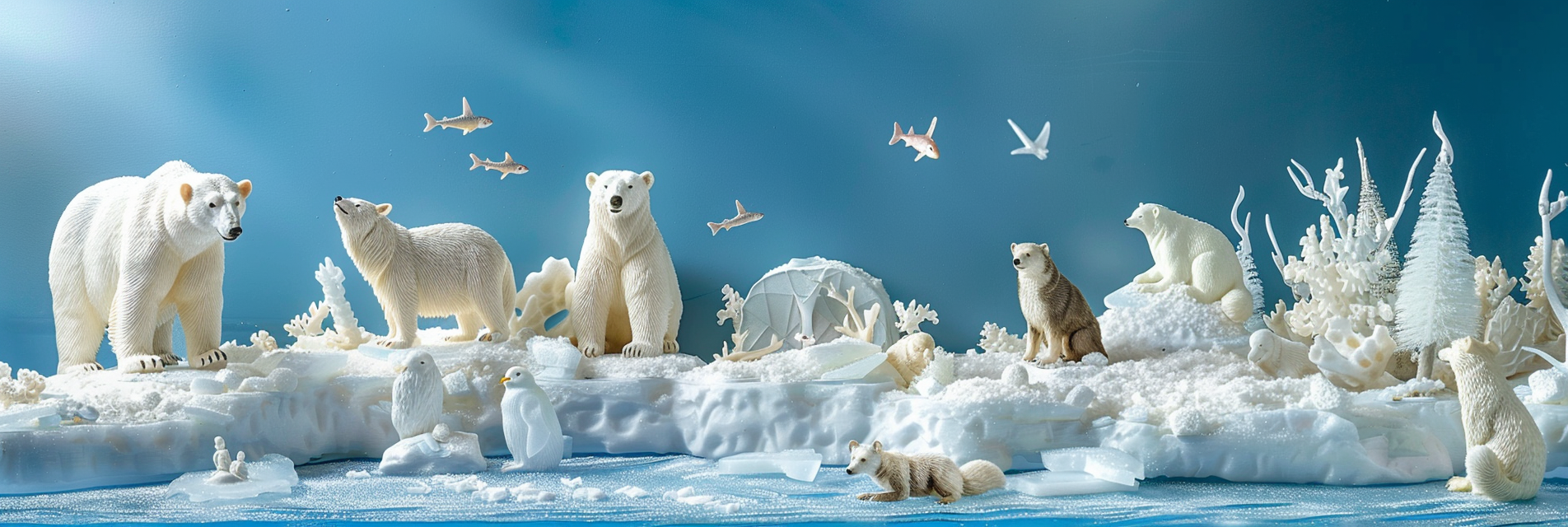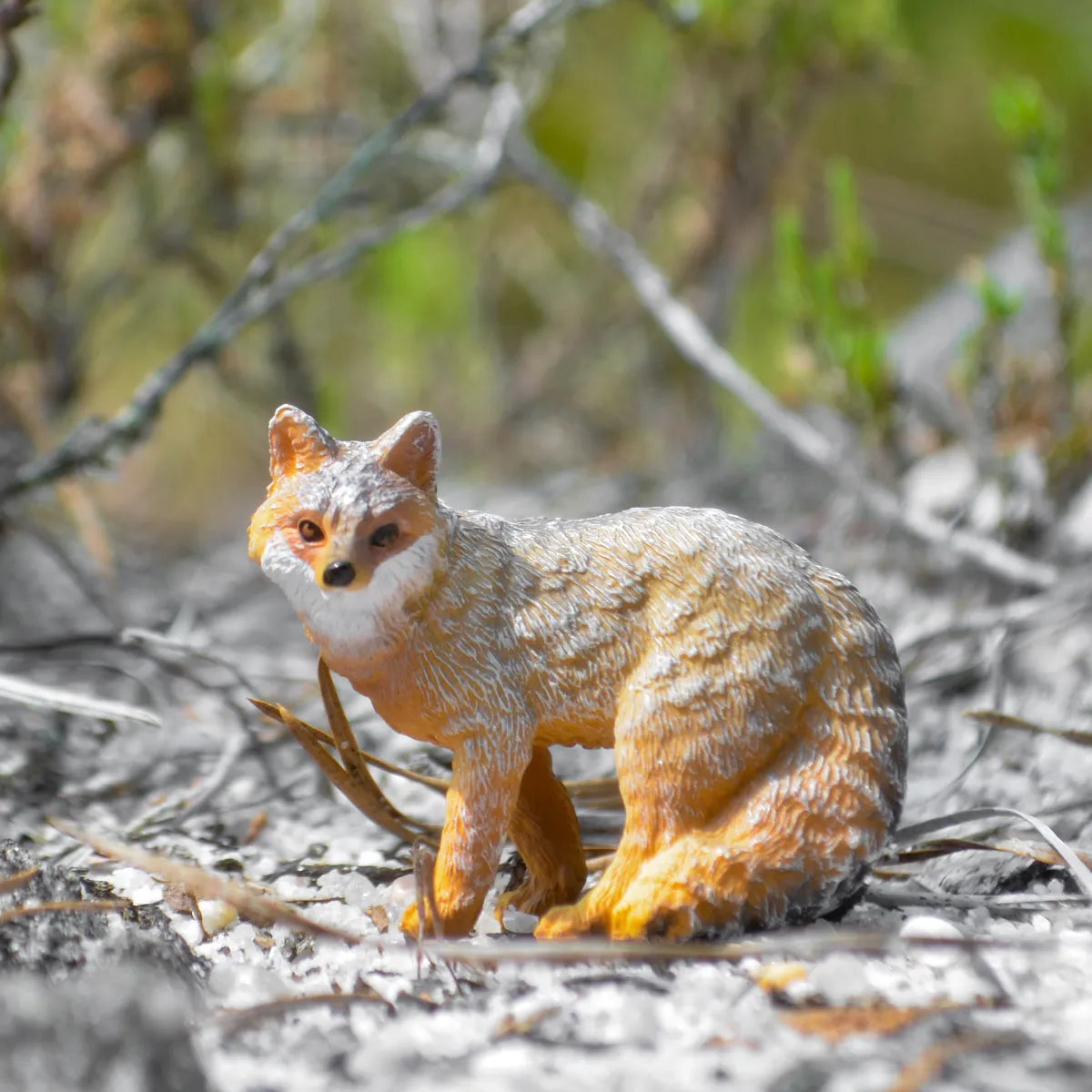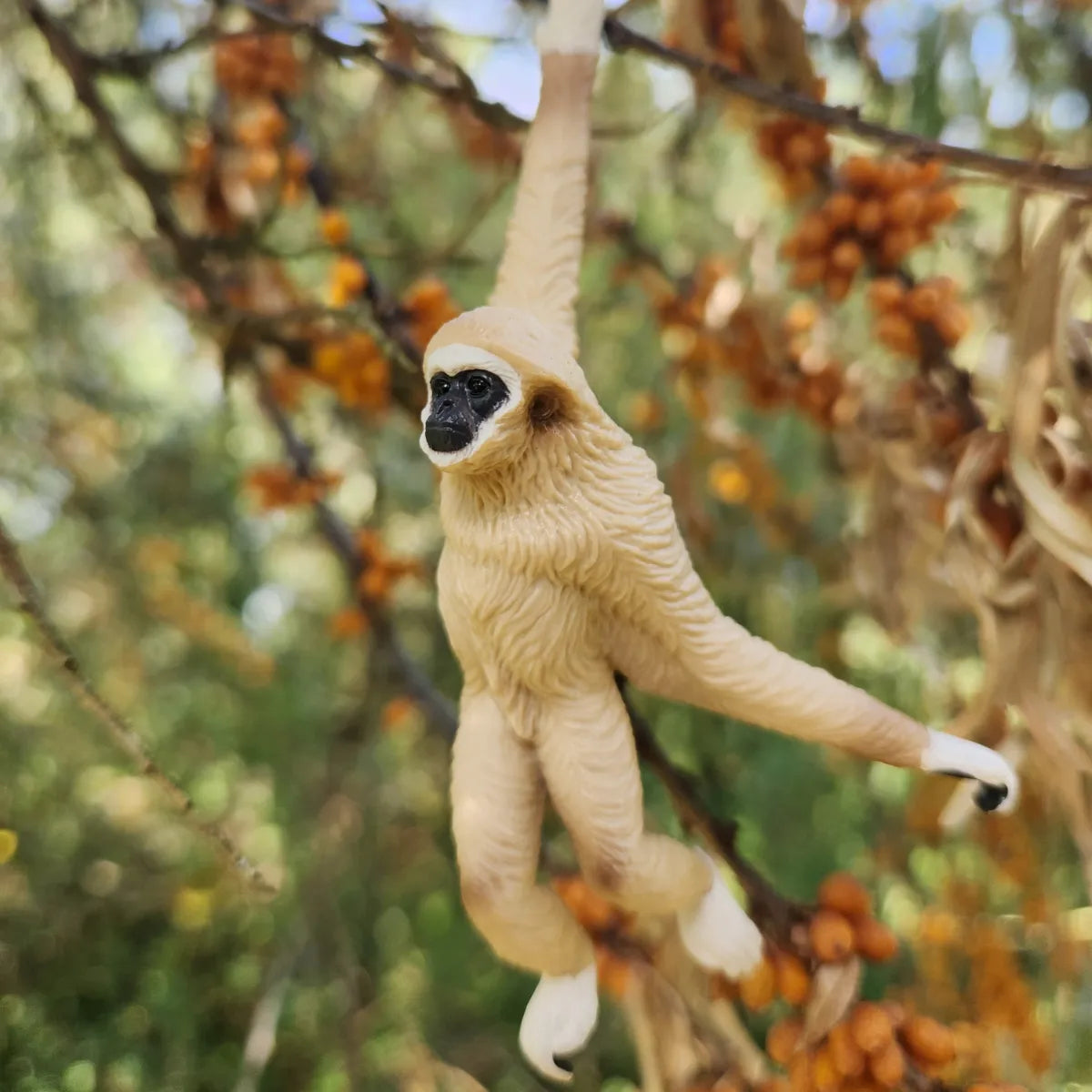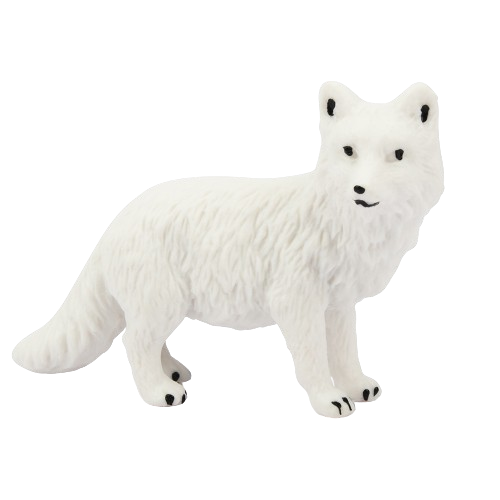
Arctic Fox
Small foxes with thick fur that changes color with the seasons, Arctic foxes are opportunistic feeders, surviving on lemmings, birds, and carrion.
Scientific Name
Vulpes lagopus
Behavior
Arctic Foxes exhibit several fascinating behaviors adapted to their cold environment. They are opportunistic feeders, relying on a wide diet that includes lemmings, voles, fish, birds, and carrion. In the winter, they can detect prey under the snow, using their acute hearing and pouncing to catch food buried beneath. Arctic Foxes are also known for their nomadic lifestyle, traveling great distances in search of food, which is crucial for their survival during the harsh winter months.
Breeding
The breeding season of the Arctic Fox begins in early spring. After a gestation period of about 52 days, females give birth to large litters, which can range from 5 to 14 pups, though the number can be as high as 25 in areas with abundant food resources. This high reproductive rate helps offset the high mortality rate among young foxes. Both parents participate in raising the young, with the males providing food for the nursing female and their offspring.
Characteristics
One of the most notable characteristics of the Arctic Fox is its thick, white fur that provides camouflage against the snow and ice, though it changes to a brown or gray color during the summer to blend in with the tundra's rocky landscapes. They have a compact body shape, short muzzle, and small ears, minimizing heat loss. Arctic Foxes are relatively small, weighing between 2.5 to 9 kg (5.5 to 19.8 lbs), with a body length of 46 to 68 cm (18 to 27 inches).
History
The Arctic Fox has a long history of adaptation to life in the Arctic, evolving traits that allow it to survive extreme cold and scarcity of food. It has been a part of Indigenous cultures for centuries, valued for its fur and as a part of the natural ecosystem. The species' history is also marked by challenges, including hunting for the fur trade and environmental changes that have impacted its habitat.
Current Status
The Arctic Fox is classified as "Least Concern" by the International Union for Conservation of Nature (IUCN), but certain populations, especially those in Fennoscandia (Norway, Sweden, Finland, and Russia), are at risk. The main threats to the Arctic Fox include climate change, which affects its sea ice habitat and prey availability, and competition with the red fox, which is expanding its range northward. Conservation efforts focus on habitat protection, monitoring populations, and in some areas, control measures for red foxes to reduce competition. Efforts to combat climate change are also crucial for the long-term survival of the Arctic Fox and the preservation of the Arctic ecosystem.





